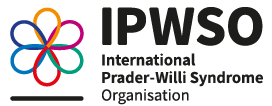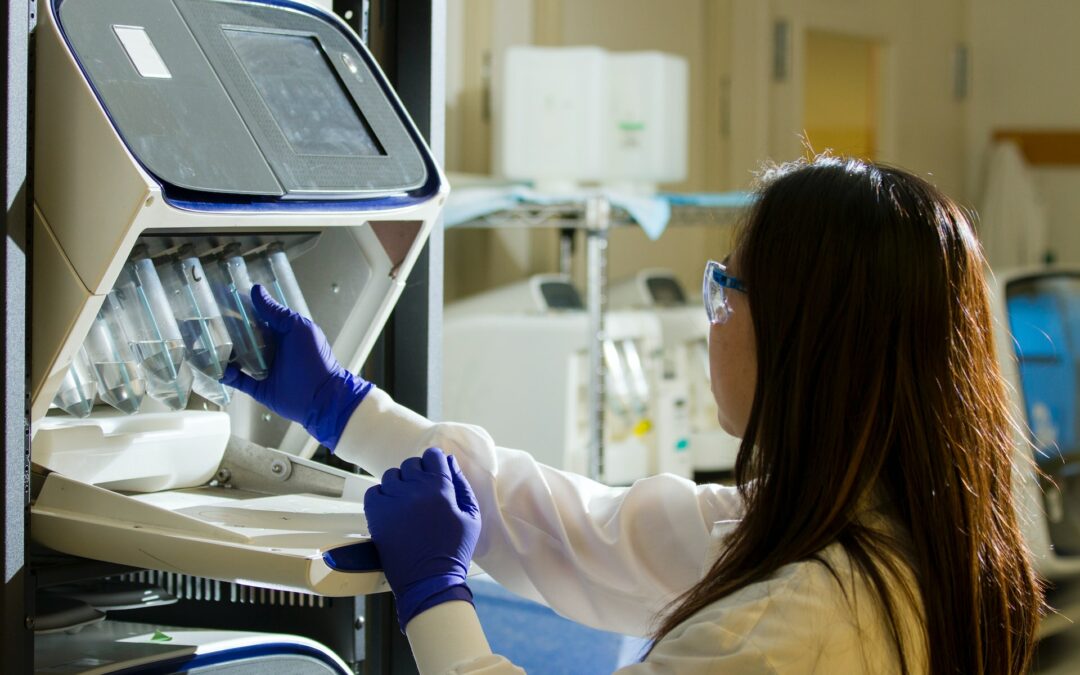IPWSO interns April and Lauren tell us more about the research going on in China including the work of the PWS Research Group at the Children’s Hospital of Zhejiang University School of Medicine.
Introduction
Since it was first described in 1956, there has been a lot of clinical interest and research into the diagnosis and treatment of Prader-Willi syndrome internationally: and now timely early intervention and treatment with growth hormone from an early age can greatly improve the health status and quality of life of people living with the syndrome.
In 2017, the first organisation for people with Prader-Willi syndrome in mainland China was established: the PWS China Care Center. In June 2018, the First Catalogue of Rare Diseases in China, jointly developed by the National Health Commission and five other ministries, was released, and Prader-Willi syndrome was among the 121 rare diseases included. According to the analysis, the estimated number of Chinese people with Prader-Willi is more than 100,000, however, only 1,400 people have been registered and diagnosed so far. Therefore, the relevant authorities are paying more and more attention to this problem, and based on this, the Prader-Willi Syndrome Collaborative Group of the Pediatric Rare Diseases Section of the Rare Diseases Branch of the Chinese Medical Association was officially established at the Children’s Hospital of Zhejiang University in July 2018.
Growth Hormone (GH) treatment
A recent research paper looks at the effects of GH treatment. A total of 96 genetically confirmed Chinese infants and toddlers with PWS (47 males) who were followed between 2013 and 2022, were retrospectively analysed by this group from Zhejiang University (Gao et al. 2023). Their study aimed to investigate the effectiveness and safety of rhGH treatment for young children. This is the first large sample study of rhGH treatment in younger children in China.
In their longitudinal follow-up, rhGH treatment significantly improved the height/length standard deviation scores (SDS) from baseline in both early and later treatment groups. In summary, this longitudinal study showed that younger children with PWS may benefit greatly from rhGH treatment and that early rhGH treatment had a more favorable outcome in height/length and body composition.
Diagnosis
Meanwhile, this group also made recommendations for the diagnosis and management of PWS in Chinese children (Yang-Li et al. 2022). Highlighting that misdiagnosis, missed diagnosis and inappropriate intervention needed to be addressed through a multi-disciplinary approach.
Brain activity in PWS patients
In this study, the scientific group from Peking University employed resting-state functional MRI techniques to investigate abnormal brain networks related to eating disorders in children with PWS (Zhang et al. 2013). The results demonstrated that people with PWS showed decreased functional connectivity (FC)strength in the medial prefrontal cortex (MPFC)/inferior parietal lobe (IPL), MPFC/precuneus, IPL/precuneus and IPL/hippocampus in the default mode network; decreased FC strength in the pre-/postcentral gyri and dorsolateral prefrontal cortex (DLPFC)/orbitofrontal cortex (OFC) in the motor sensory network and prefrontal cortex network, respectively. These findings indicate that there are FC alterations among the brain regions implicated in eating as well as rewarding, even during the resting state, which may provide further evidence supporting the use of PWS as a model to study obesity and to provide information on potential neural targets for the medical treatment of overeating.
iPSCs model for PWS patients
Recent research from China also has shown that induced pluripotent stem cells (iPSCs) could be generated from fibroblasts of a person with PWS and displayed the normal pattern of maternal imprinting that determines the disease (Yang et al. 2010). The generation of iPSCs from different types of PWS patients should provide invaluable phenotype/phenotype correlations, and this could potentially change the way we view PWS. Notably, besides modeling the disease phenotype, neurons from PWS iPSCs may be useful for testing compounds aimed at modifying epigenetic marks at the maternal PWS.
The growing number of studies focusing on Prader-Willi syndrome, which involve treatments, tests and monitoring methods, is certainly encouraging to patients and their families in China.
References
Gao, Ying et al. 2023. ‘Effects of Early Recombinant Human Growth Hormone Treatment in Young Chinese Children with Prader-Willi Syndrome’. Orphanet Journal of Rare Diseases 18(1): 25.
Yang, Jiayin et al. 2010. ‘Induced Pluripotent Stem Cells Can Be Used to Model the Genomic Imprinting Disorder Prader-Willi Syndrome’. Journal of Biological Chemistry 285(51): 40303–11.
Yang-Li, Dai et al. 2022. ‘Recommendations for the Diagnosis and Management of Childhood Prader-Willi Syndrome in China’. Orphanet Journal of Rare Diseases 17(1): 221.
Zhang, Yi et al. 2013. ‘Altered Functional Brain Networks in Prader–Willi Syndrome’. NMR in biomedicine 26(6): 10.1002/nbm.2900.

